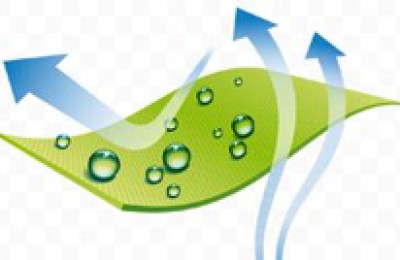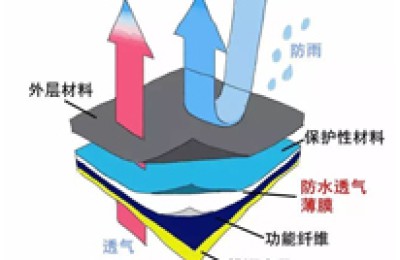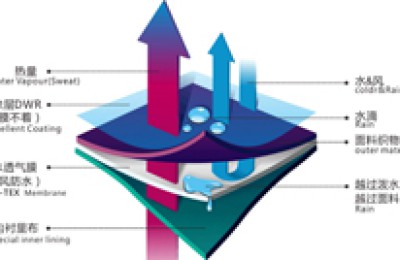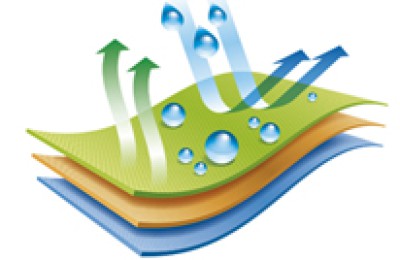It is reported that the POY 4+2 market seminar was held in Shenjiu, Taicang on the 21st. This was the second POY alliance meeting after the Spring Festival. As a result of the meeting, on the 22nd, the quotation focus of some manufacturers’ POY products, mainly the 75D series, showed 50 -An increase of about 100 yuan/ton.
Do you have a feeling that the role of alliance meetings today is getting weaker and weaker.
From the unified pricing of POY by all parties in 2016, to the subsequent FDY Alliance price guarantee and the convening of the DTY industry discussion meeting; inspired by the spirit of the meeting, the polyester filament market often experiences large-scale price increases, and the quotations of mainstream manufacturers have increased strongly. , the average daily increase is at the level of 50-100 yuan/ton, and some manufacturers will even significantly increase their quotations by about 150-200 yuan/ton.
As long as there is “turbulence” about the meeting in the polyester filament industry, whether it is groundless or true, it will inevitably drive the purchasing enthusiasm of some downstream weaving manufacturers and traders in the short term, increase market tension, intensify the efforts of downstream manufacturers to stock up on goods, and increase production and sales. Hundreds are everywhere.
Every polyester filament joint conference is held that affects the “nerve” of the entire chemical fiber industry. However, as time goes on, under the influence of meetings, not only the downstream weaving manufacturers are becoming more and more “not buying it”, but the price increases of polyester manufacturers themselves have also become “implicit”. Even the POY Alliance, which has the most powerful grouping efforts, seems to have lost its ability to raise prices!
Is it really because there are more and more alliance meetings and the effect is getting worse?
In fact, it is not entirely true. The author believes that industry conferences ultimately require “time, location, and people” to form a price increase boom; the ultimate goal is for polyester manufacturers to achieve a level of capital preservation, maintain the healthy operation of downstream weaving, and achieve Harmonious win-win situation between upstream and downstream.
At the beginning, the four major companies, Tongkun Group, Hengyi Group, Xinfengming Group and Shuangtu New Materials, known as the “POY Top Four”, gathered together to hold the first alliance meeting of the POY industry and implement unified pricing among the four parties; the root cause This is because the production efficiency of POY products is poor, business operations are under heavy pressure, and in some periods of time there are even cost inversions and losses, so it is inevitable to raise the price of POY products. ˆ
However, as the price of polyester filament increased by leaps and bounds in the second half of 2016, the profit level of polyester manufacturers also increased, reaching highs during the year from time to time; therefore, various alliance meetings lacked an excuse to protect prices and stop losses.
In the final analysis, the recent polyester filament market still lacks practical favorable “assist” and lacks tacit “cooperation” from the upstream and downstream markets.
First of all, polyester filament lacks the driving force from the cost side of upstream raw materials. Especially since the beginning of the new year, after a short “one-day red” market, ethylene glycol has fallen deeply into a quagmire of decline. The spot price has dropped from 8,220 yuan/ton to the current 7,300 yuan/ton in just half a month. Within a month, ethylene glycol fell by nearly a thousand yuan. In addition, in terms of PTA, the PTA market continued to pick up after the holiday. On February 14, PTA futures even shot up to 6,000 points. However, after the daily increase in positions reached a high, the price plummeted. For two consecutive days, the main PTA contract fell by more than 1705. 2%, falling back to pre-holiday levels; the spot market has also weakened under the pressure of futures.
Secondly, of course, there is the “calmness” of demand in the downstream market. Since the Spring Festival, downstream fabric traders and weaving manufacturers have mainly produced pre-holiday orders; most weaving manufacturers are worried about the further rise in polyester filament prices after the holiday, so they stock up on raw materials before the holiday. in production. Relatively speaking, the fabric market demand has not been fully released in the recent stage, and most of them have a wait-and-see attitude towards raw materials and cautious purchasing; while March is the crucial order season in the textile market and the periodic demand season.
</p






